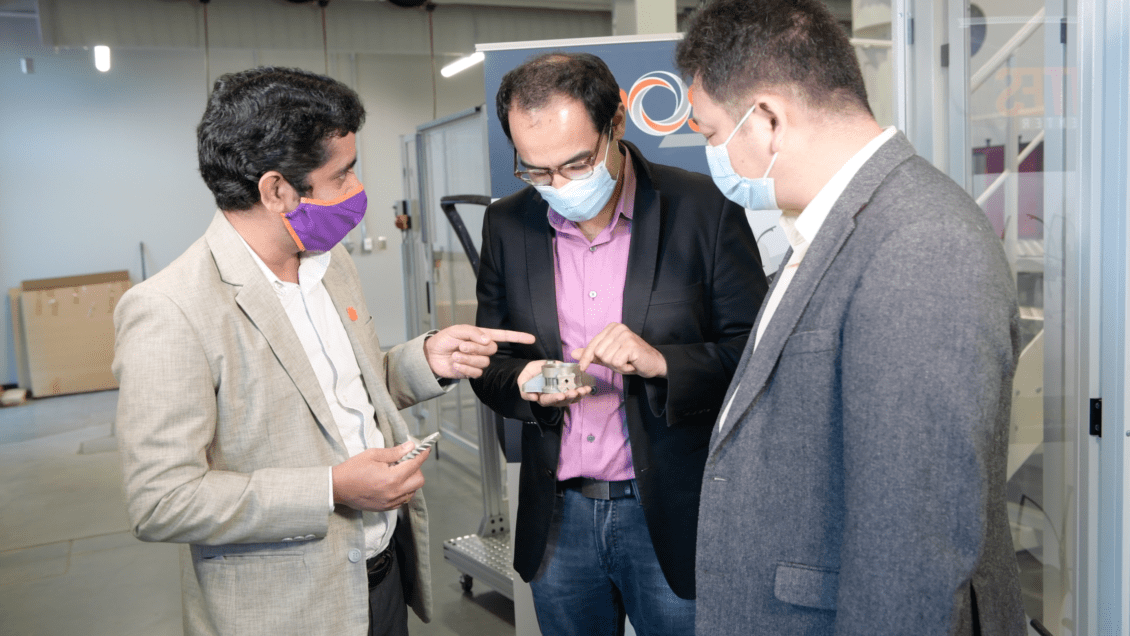
Clemson University in the US has received US$11 million funding from the US Army Combat Capabilities Development Command (DEVCOM) to develop new ways to 3D print metal and composite components for ground vehicles, air platforms and munitions.
According to the University, the researchers plan to use artificial intelligence (AI) to help production engineers design, analyze and fabricate parts more quickly and at a lower price.
These parts include large and complex geometry components with embedded multi-functionalities, such as ground and air vehicle structures with power transmission, energy storage, sensing and self-monitoring functions.
According to Srikanth Pilla, principal investigator on the project within the College of Engineering, the researchers also plan to develop a database of raw materials, including metals, plastics and composite materials, that could then be used to train artificial intelligence and create digital models of potential feedstock materials.
‘The database development as well as validation of the digital life cycle through experimental characterization and testing are enabled using the state-of-the-art infrastructure available at the Clemson Composites Center which includes 3D printers, thermophysical testing equipment, optical metrology, quasi-static and dynamic drop-tower test infrastructure, accelerated aging equipment, high-speed cameras and spectroscopic equipment,’ said Pilla.
Clemson University is also bringing together a multidisciplinary team of Clemson faculty members from materials science, mechanical engineering, civil engineering, chemical engineering and computer science, to research ways to improve the US Army’s capabilities.
This story uses material from Clemson, with editorial changes made by Materials Today. The views expressed in this article do not necessarily represent those of Elsevier.




